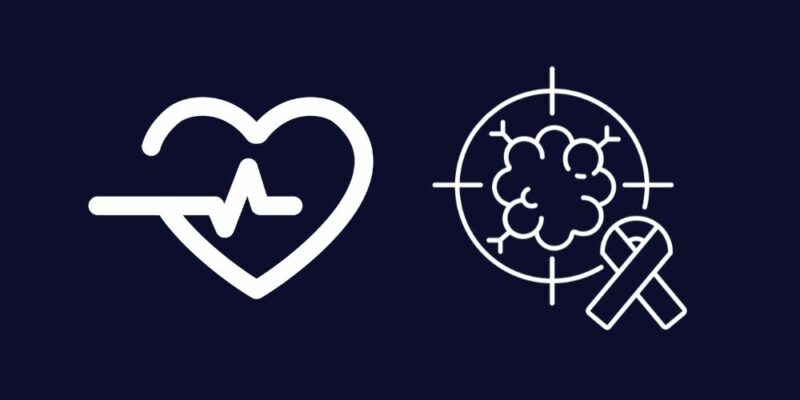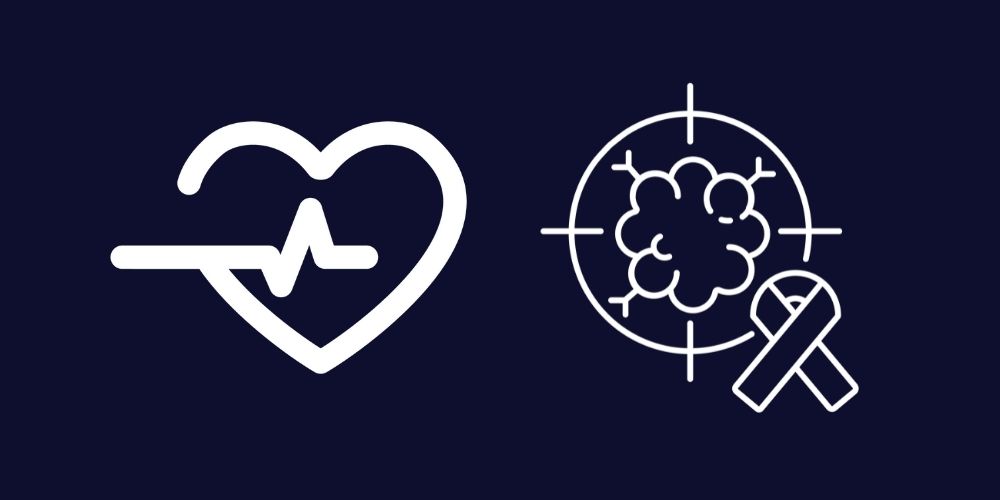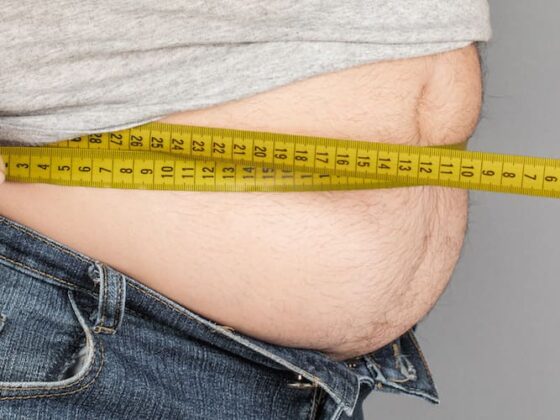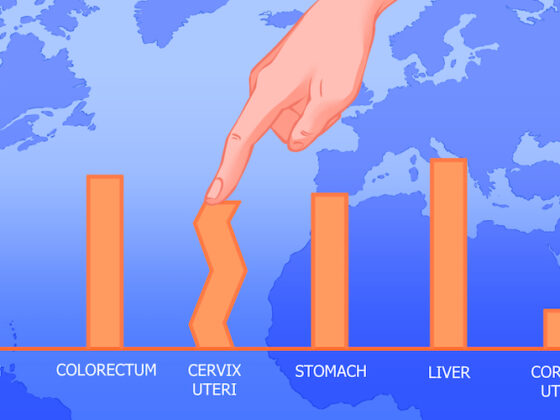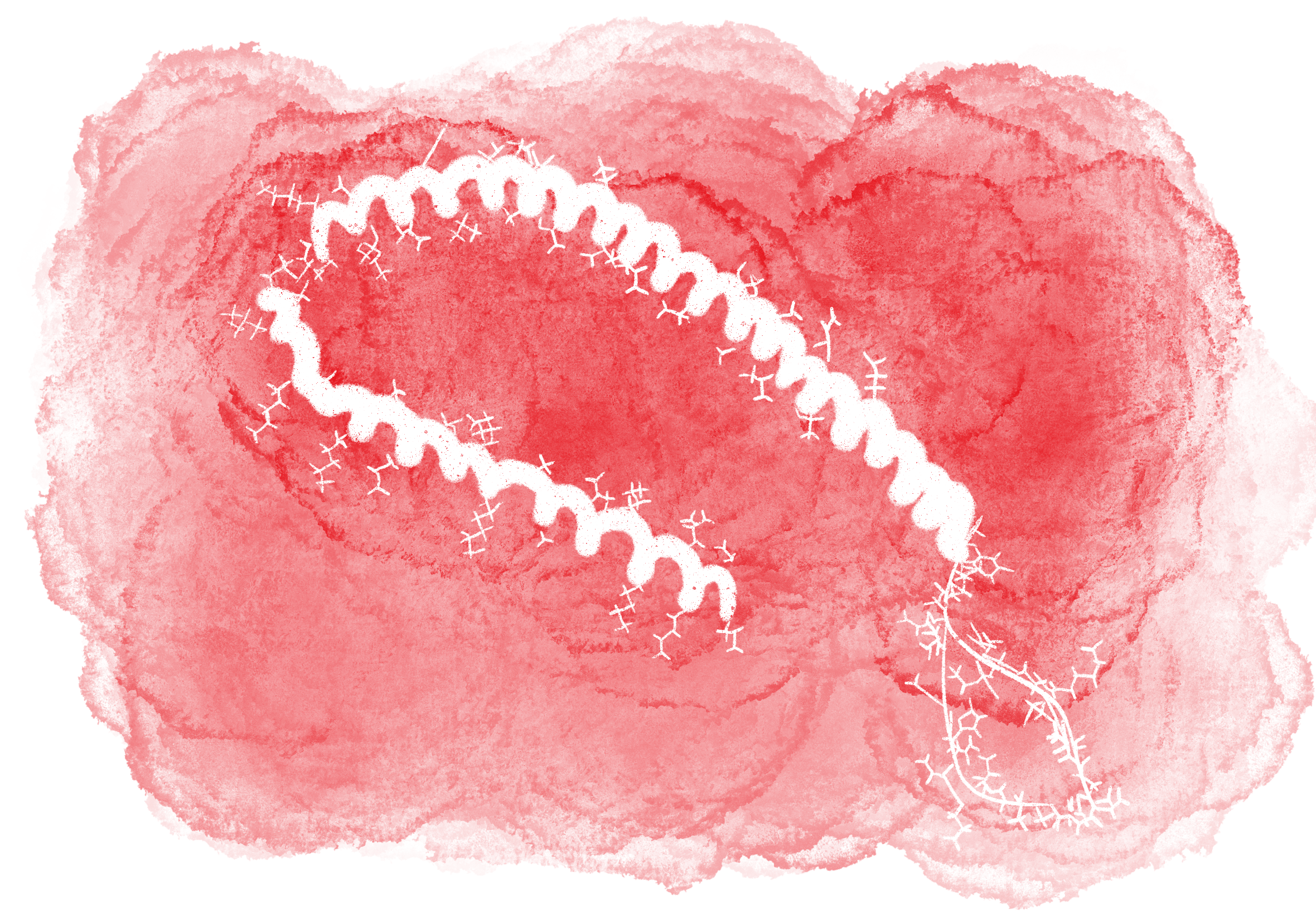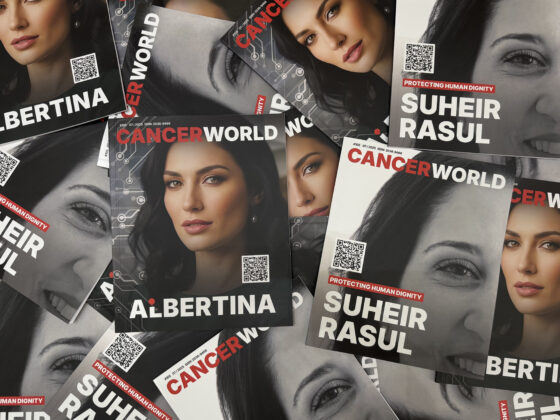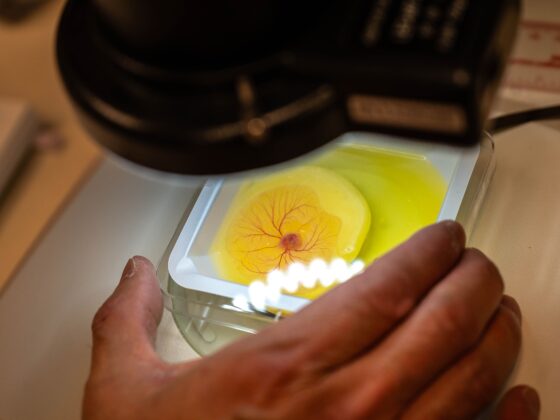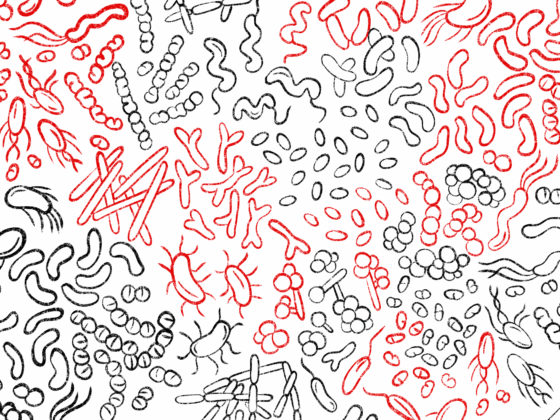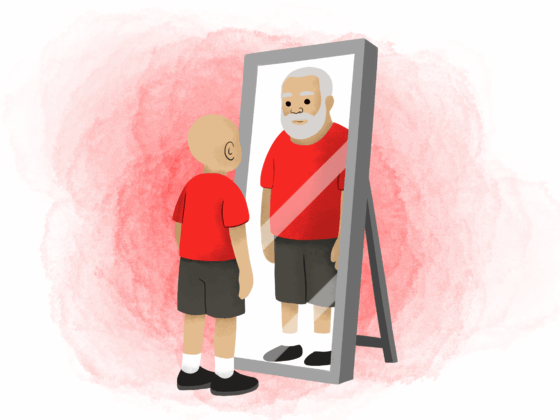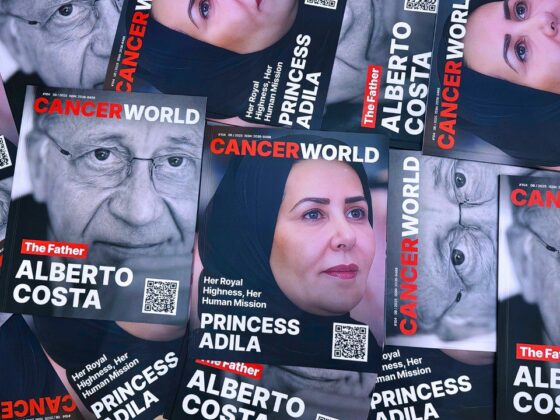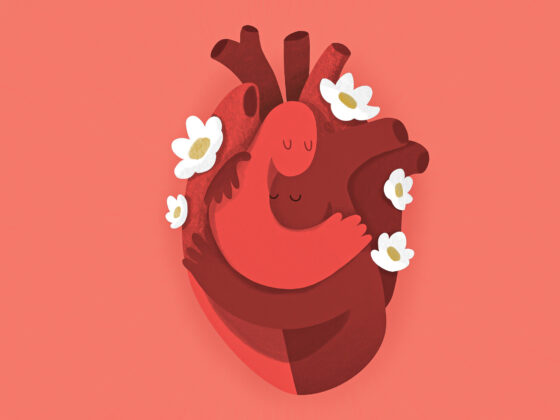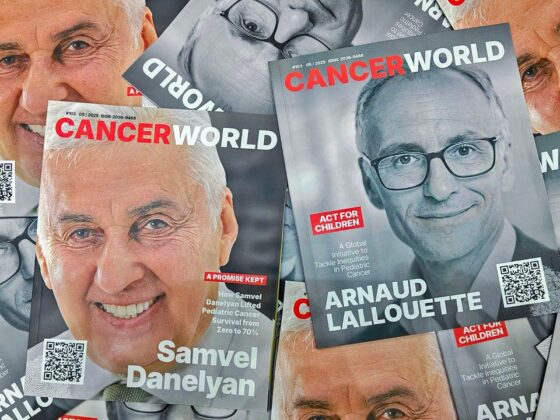Routine mammograms could be used to provide additional information about women’s risk of cardiovascular disease (CVD). The study, published in ‘Circulation: Cardiovascular imaging’, March 15, found women with breast arterial calcification had a 51% higher risk of heart attacks and strokes than women without calcification.
“Our study has moved the needle towards recommending routine assessment and reporting of breast arterial calcification in postmenopausal women. Integrating this information in cardiovascular risk calculators and using this new information can help improve CV risk reduction strategies,” says lead author Carlos Iribarren, from the Kaiser Permanente Northern California Division of Research in Oakland, California.
To curb the growing burden of CVD morbidity and mortality among women, innovative approaches are needed to improve risk prediction and prevention. Breast arterial calcification (BAC) is a common finding on mammograms, showing up as white areas in the breast’s arteries, and is not thought to be related to cancer. Some radiologists include this information on mammogram reports, but it is not required. Several studies have suggested associations between BAC with subclinical CVD (including carotid intimal media thickness and coronary artery calcification), raising the possibility that BAC could provide a sex-specific marker of CVD risk for women.
The current study set out to evaluate whether breast arterial calcification could be used to provide information about a woman’s risk of developing CVD. For the study, Iribarren and colleagues reviewed health records of 5059 women who had been selected from more than 200,000 women enrolled in the MINERVA (Multiethnic Study of Breast Arterial Calcium Gradation and Cardiovascular Disease) cohort study. Participants, who were aged between 60 and 79 years, had undergone at least one digital mammography screen between October 2012 and February 2015. For the prospective study, researchers used electronic health records to follow participants for around 6.5 years after the mammogram to record who suffered from conditions such as heart attack, stroke, or heart failure.
Overall, the investigators found the prevalence of BAC was 26.5% (n=1338).
A greater percentage of individuals with BAC had a 10-year atherosclerotic cardiovascular disease (ASCVD) risk of 7.5% or greater (54.0%) compared to those without BAC (41.1%).
After a mean follow-up of 6.5 years there were 155 (3.0%) ASCVD events and 427 (8.4%) CVD events. In Cox regression adjusted for traditional CVD risk factors, presence of BAC was associated with a 1.51 (95% CI, 1.08-2.11; P=0.02) increased hazard of ASCVD and a 1.23 (95% CI, 1.002-1.52; P=0.04) increased hazard of global CVD.
“Our findings … support the adoption of assessment and reporting of BAC on mammograms and the incorporation of BAC in atherosclerotic CVD primary prevention guidelines in women over age 60 as a novel risk-enhancing factor,” write the authors.
Further research, they add, is warranted to better delineate the dose-response association between BAC burden and CVD outcomes and to establish whether BAC has value in women below the age of 60.
In an accompanying editorial Natalie Cameron and Sadiya Khan, from Northwestern University Feinberg School of Medicine, Chicago, Illinois, write, “Just as important is the messaging that zero BAC is not equivalent to low CVD risk and should not serve as false reassurance. As a result, clinician-patient discussions regarding mammography results in the absence of BAC can leverage the opportunity to calculate CVD risk…, assess risk-enhancing factors, and consider CAC (coronary artery calcification) assessment if borderline or intermediate risk is noted.”
Several findings, the editorial adds, suggest the pathobiology of BAC is distinct from CAC. There were no associations between causal ASCVD risk factors (smoking status, total cholesterol levels) and BAC, and the study did not find a dose response relationship between BAC and CVD, as there is for CAC.

